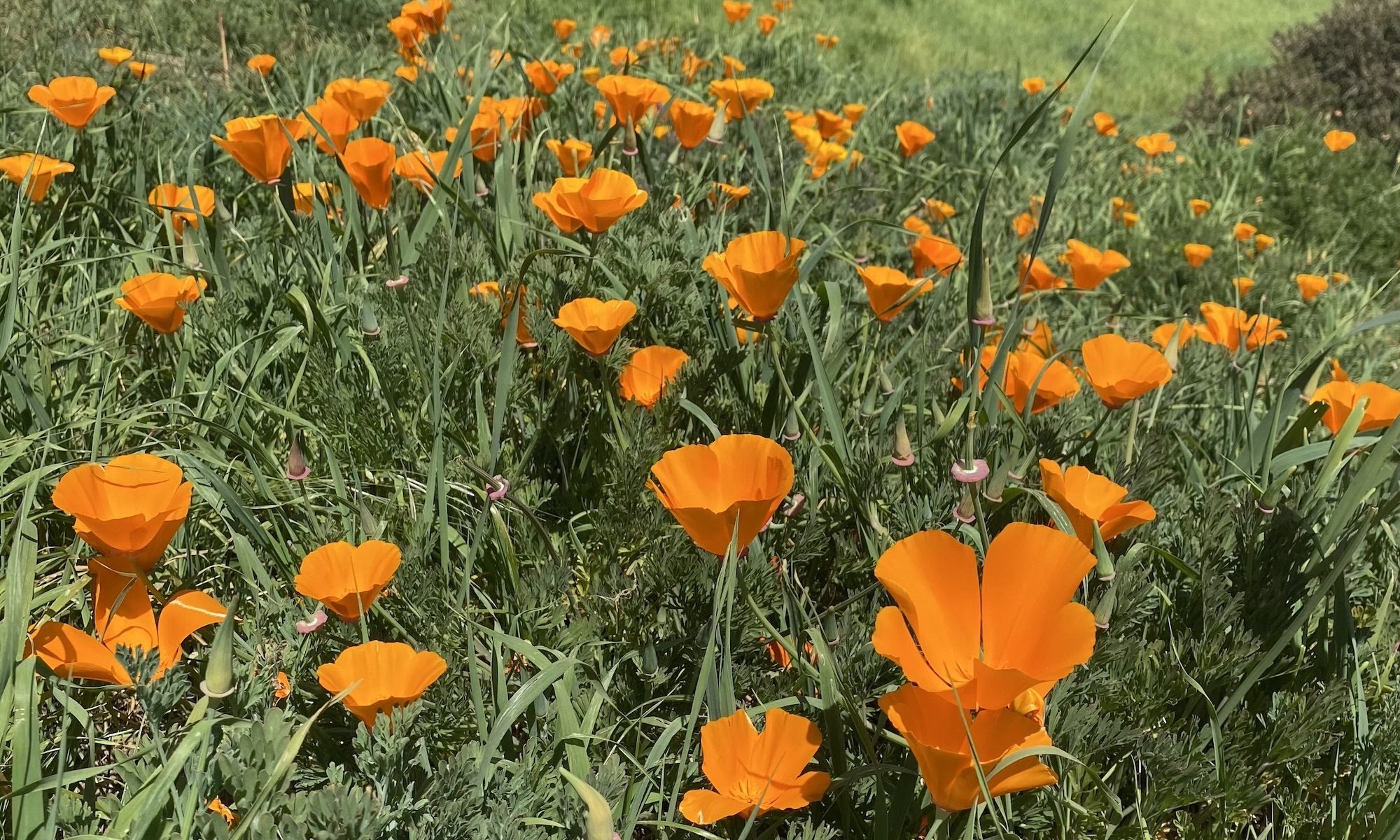Plants! We’ve been experimenting with them through farming and breeding for ages and we’ve had many successes (just look how corn has changed from its ancestral form for a great example). Nonetheless, more can be done to lower costs, increase variety, and improve nutrition (among other things). Here are just a few things I’ve learned about recently – engineering more stable animal feed, changing flower color, and making apples that don’t brown.
 1. Making More Stable Animal Feed
1. Making More Stable Animal Feed
Cheese burgers are delicious. However, to keep making cheese burgers, we need to keep making cows. A lot of money and resources go into making the tasty animals we eat (a good reason to be vegetarian at least some of the time) and farmers are always looking for ways to decrease costs.
Luckily, plant researchers have taken note. One way researchers are trying to lower farming costs is by making plants used for animal feed more stable. The plants we feed to animals often need to be stored prior to feeding and their nutritional components can degrade during storage. Scientists at the USDA are specifically altering alfalfa (apparently a component of feed) so that it produces chemicals that keep its proteins from degrading. This stronger alfalfa could some day lead to healthier, less expensive animal feed.
 2. Changing Flower Color
2. Changing Flower Color
Have you ever wanted a particular type of flower to come in a different color? Plant breeders have been changing flower colors for years by crossing different varieties together. The process of altering the genes present in a particular plant (really what you’re doing in plant breeding) may be more straightforward and controllable if performed using genetic engineering techniques.
Toward this end, researchers recently used the genetic engineering tool, CRISPR, to change the Japanese Morning Glory from violet to white. This specific color change isn’t groundbreaking as there were already white Japanese Morning Glories, but it shows that CRISPR can be used to quickly get a desired color if we know enough about the underlying biology.
The company Revolution Bioengineering is doing something perhaps a little more exciting – they’re making flowers that change color overtime. I’m intrigued to see how things turn out!
 3. Marking Non-browning Apples (Arctic Apples)
3. Marking Non-browning Apples (Arctic Apples)
I often find myself cringing before taking a bite out of a brown apple slice that’s been out for too long so I was excited to discover that the company Okanagan Specialty Fruits makes genetically modified, non-browning apples (see description on their blog). They call them “Arctic Apples.”
Apparently these apples have been in production for a while but they’ve only been sold in the U.S. since early 2017. Full disclosure, I haven’t eaten them yet and can’t vouch for their taste, but I’d love to try them out.
There’s all sorts of other stuff going on in the world of plant biology and I’m hoping to touch on some fancy things like plant metabolic modeling and engineering carbon fixation in later posts. Stay tuned!

